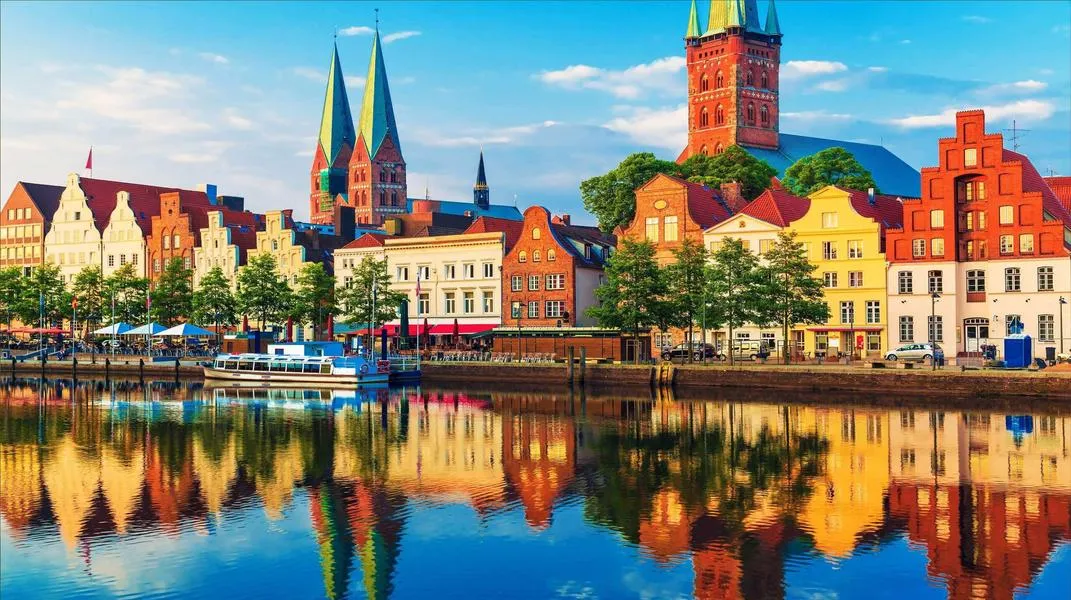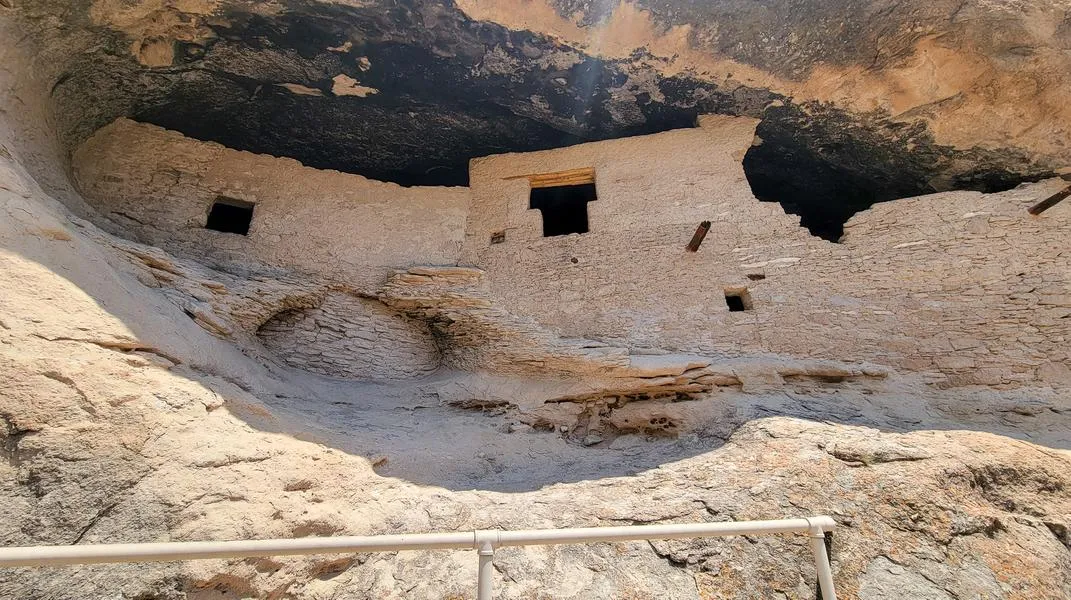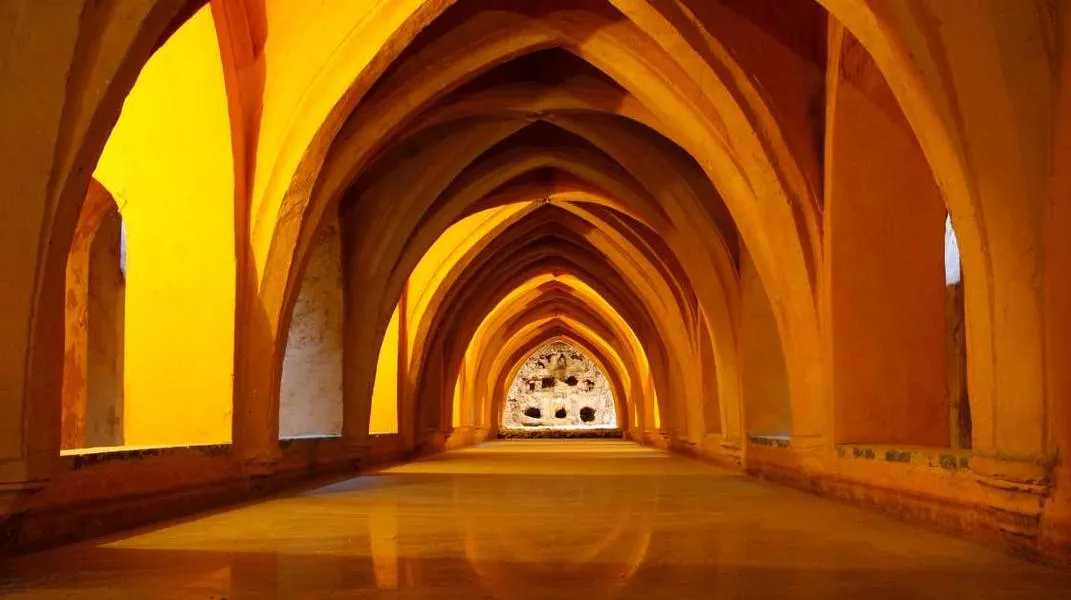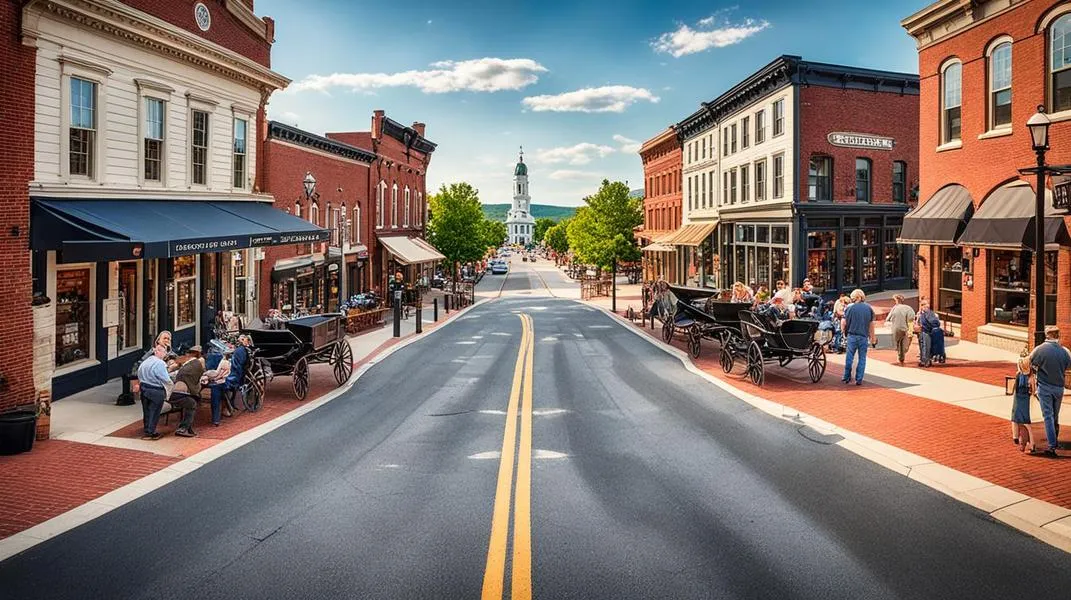Exploring Lübeck: A Journey Through History and Culture
Nestled in northern Germany, Lübeck is a captivating city steeped in history and renowned for its stunning medieval architecture. As a UNESCO World Heritage site, Lübeck boasts a rich tapestry of culture, history, and gastronomy that attracts tourists from around the globe. This article will delve into the various attractions that make Lübeck unique, along with essential materials and tips to prepare for your visit.

A Brief Historical Overview
Founded in 1143, Lübeck swiftly became a significant hub of the Hanseatic League, an economic alliance of trading cities in northern Europe. Its strategic location along the Trave River allowed Lübeck to flourish as a center for trade and commerce. The city is often referred to as the "Queen of the Hanse," and its wealth is evidenced by its impressive Gothic architecture, including numerous brick buildings, churches, and its iconic city gates.
Today, Lübeck retains much of its historical charm, with well-preserved structures that tell the tales of its prosperous past. The city's rich history is a primary draw for tourists, who come to explore its medieval streets, vibrant culture, and culinary delights.
Key Attractions in Lübeck
1. Holstentor (Holsten Gate)
- One of Lübeck's most recognizable landmarks, the Holstentor is a stunning example of Gothic architecture. Built in the 15th century, this impressive gate features two large towers and a red brick façade that has become synonymous with the city. Visitors can step inside and explore the museum that details Lübeck's history and significance within the Hanseatic League.
2. St. Mary's Church (Marienkirche)
- A masterpiece of Gothic architecture, St. Mary's Church is renowned for its soaring spires and intricate stained glass windows. It is the largest brick church in Germany and houses a remarkable collection of medieval art, including a famous altar by the sculptor Bernt Notke. The church's astronomical clock and the impressive organ are also highlights of a visit.
3. Lübeck's Old Town (Altstadt)
- The Old Town of Lübeck is a maze of narrow streets and picturesque squares, filled with charming shops, cafes, and historic buildings. Strolling through this UNESCO-listed area is like stepping back in time. Don't miss the stunning views from the top of St. Peter’s Church tower, which offers panoramic vistas of the city and the surrounding landscape.
4. The Buddenbrook House
- Literature enthusiasts will appreciate a visit to the Buddenbrook House, the former residence of the famous German authors Thomas and Heinrich Mann. This museum explores the lives and works of the Mann brothers, who were awarded the Nobel Prize in Literature. The house itself is a beautiful example of Lübeck's historic architecture and provides insight into the city's literary heritage.
5. The European Hansemuseum
- As the first museum dedicated to the Hanseatic League, the European Hansemuseum offers an interactive experience that immerses visitors in the history of trade, culture, and economics of the Hanseatic cities. The exhibits feature artifacts, multimedia presentations, and detailed narratives that bring the past to life.
6. Lübeck Cathedral (Lübecker Dom)
- With its stunning twin towers and beautiful Romanesque architecture, Lübeck Cathedral is a must-see. Built in the 12th century, the cathedral's interior boasts impressive artwork, including the famous altar of the “Virgin Mary” and a remarkable organ. The cathedral's crypt, which dates back to its founding, adds an air of mystique to this historical site.
7. The Trave River
- A stroll along the banks of the Trave River offers a serene way to enjoy Lübeck's natural beauty. You can take a boat tour or simply relax in one of the riverfront parks. The reflections of the historic buildings on the water create a picturesque scene that is perfect for photography.
8. Niederegger Marzipan
- No visit to Lübeck would be complete without indulging in its famous marzipan. The Niederegger café and shop is legendary, offering a wide variety of marzipan confections, cakes, and pastries. Be sure to try the marzipan-covered cake and explore the museum that showcases the history of this delightful treat.
Preparing for Your Visit
To fully enjoy your trip to Lübeck, it's essential to be well-prepared. Here are some materials and tips to consider:
Travel Essentials:
1. Travel Documents
- Ensure your passport is valid for at least six months beyond your planned return date. If you are a non-EU citizen, check visa requirements for Germany before traveling.
2. Accommodation
- Research and book your accommodation in advance. Lübeck offers a range of options, from luxury hotels to cozy guesthouses. Staying in or near the Old Town will provide easy access to the major attractions.
3. Transportation
- If you are flying into Germany, the nearest airport is Lübeck Airport (LBC), which offers limited flights. Alternatively, Hamburg Airport (HAM) is about an hour away and has more international connections. Lübeck is well-connected by train, making it easy to reach from major cities like Hamburg and Berlin.
4. Local Currency
- The currency in Germany is the Euro (€). It’s advisable to carry some cash for small purchases, although credit cards are widely accepted in most establishments.
5. Language
- While many locals speak English, learning some basic German phrases can enhance your experience and interactions with residents.
Packing List:
1. Clothing
- Check the weather forecast before your trip, as Lübeck experiences a temperate maritime climate. Pack layers for variable weather, and comfortable walking shoes are a must for exploring the city on foot.
2. Travel Guide or App
- Consider downloading a travel app or purchasing a guidebook for Lübeck. This will provide you with detailed maps, information on attractions, and recommendations for dining and shopping.
3. Camera
- Lübeck's picturesque scenery and historic architecture make it a photographer’s paradise. Bring a camera or smartphone to capture the beauty of the city.
4. Portable Charger
- A portable charger can be invaluable for keeping your devices powered while you explore. Many attractions may require tickets to be shown on your phone or for navigation purposes.
5. Reusable Water Bottle
- Stay hydrated while wandering through Lübeck. A reusable water bottle can help reduce plastic waste and ensure that you always have water on hand.
Cultural Etiquette:
1. Dining Etiquette
- When dining in Lübeck, it’s customary to greet the staff with a friendly “Guten Tag” (Good day). Tipping is appreciated but not mandatory; rounding up the bill is common.
2. Respect for History
- When visiting churches and historical sites, be respectful of the local customs and regulations, including dress codes in places of worship.
3. Public Transport
- If you choose to use public transportation, familiarize yourself with the local ticketing system. Validate your ticket before boarding to avoid fines.
Conclusion
Lübeck is a city that seamlessly blends history with modernity, offering visitors a unique glimpse into Germany's rich past. From its iconic architecture to its culinary delights, every corner of Lübeck tells a story worth exploring. By preparing adequately for your trip, you can ensure a smooth and enjoyable experience in this enchanting destination. Whether you're wandering through the cobblestone streets of the Old Town or savoring a slice of marzipan, Lübeck promises an unforgettable journey through time and culture. So pack your bags, grab your camera, and get ready to immerse yourself in the beauty and history of Lübeck, the jewel of the Hanseatic League.




